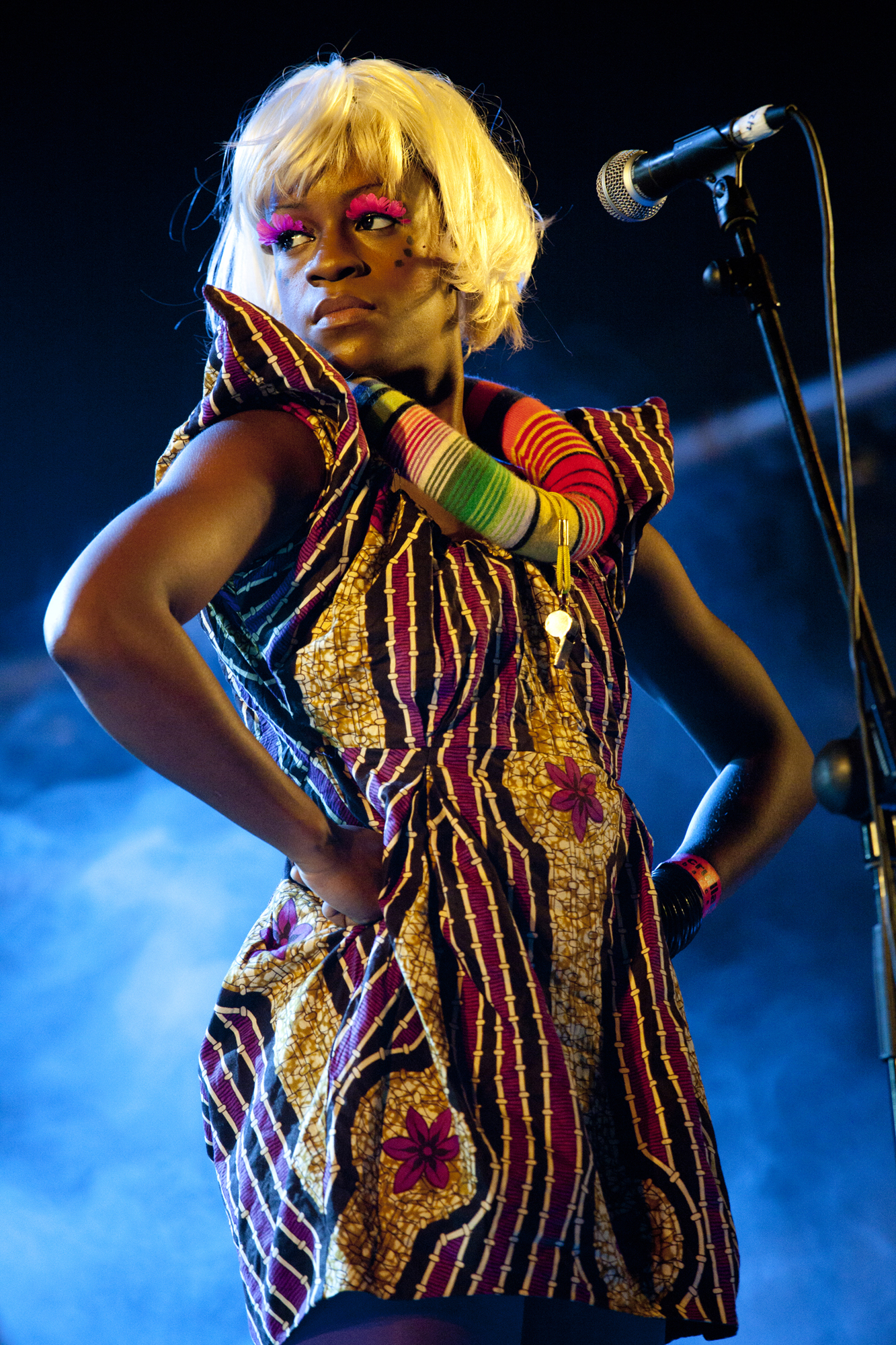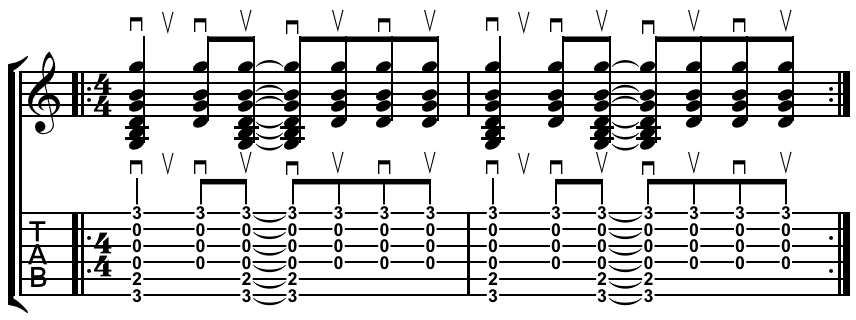|
Something For Nothing (album)
''Something for Nothing'' is the debut album by French rock band Chunk! No, Captain Chunk!. It was released on November 1, 2010. Background After the internet success of their self-titled EP, the band opted to record a studio album, re-recording the song "MILF" from the EP. A 5-song sampler of the album was released for free download on various internet sites in May 2010. The band used music they had written in the few years they have been a band for the album, they didn't write any new songs. The album was self-produced by their singer Bert Poncet He later commented in an interview with Rock Sound saying: "I was producing the songs using a book that was teaching me how to mix records. If it wasn't in the book, I went online to learn the rest". Release After signing to Fearless Records with a global deal in 2011, they re-released the album on July 19, 2011. The re-release featured a brand new album artwork and a different track listing, replacing "MILF" and "Alex Kidd in ... [...More Info...] [...Related Items...] OR: [Wikipedia] [Google] [Baidu] |
Chunk! No, Captain Chunk!
Chunk! No, Captain Chunk! (also known by the acronym C!NCC!) is a French rock band formed in 2007 in Paris. The band consists of vocalist Bertrand Poncet, guitarists Éric Poncet and Paul Wilson and bassist Mathias Rigal, with founding drummer Jonathan Donnaes leaving in 2014 to be replaced by Bastien Lafaye. The band has released four studio albums: '' Something for Nothing'' in 2010, '' Pardon My French'' in 2013, '' Get Lost, Find Yourself'' in 2015, and '' Gone Are the Good Days'' in 2021. History Formation and ''Something for Nothing'' (2007–2010) The band formed in 2007, when Paul Cordebard wished to experiment with blending influences from pop punk with hardcore punk and heavy metal and invited his friends Bertrand Poncet and Jonathan Donnaes to form a band with him. Shortly after their formation they asked Bertrand's brother Éric Poncet and close friend Mathias Rigal who despite having no experience as a bass guitarist joined the band. The band name is taken from ... [...More Info...] [...Related Items...] OR: [Wikipedia] [Google] [Baidu] |
Alex Kidd In Miracle World
is a platform game for the Master System. It was released in Japan on November 1, 1986, followed by the United States in December 1986, with Europe in September 1987, plus South Korea in October 1988, and Brazil in 1989. It was later built into many Master System and Master System II consoles. A remake by Merge Games and Jankenteam, titled ''Alex Kidd in Miracle World DX'', was released on June 22, 2021. Gameplay ''Alex Kidd in Miracle World'' is a 2D platform game. The player must finish levels and overcome obstacles and puzzles in both scrolling and single-screen environments. Throughout the 17 stages, Alex faces many monsters and the three henchmen of Janken the Great, before facing Janken himself. Alex's punching ability is used to destroy enemies and to break rocks in order to access new paths and to collect items such as money which can then be used to purchase other items including vehicles such as motorbikes and helicopters. At the end of many stages, Alex plays jan-k ... [...More Info...] [...Related Items...] OR: [Wikipedia] [Google] [Baidu] |
Fearless Records Albums
Fearless or The Fearless may refer to: Psychology * Lack of fear * Courage or bravery Film, television and audio Film * ''Fearless'' (1978 film), an Italian film directed by Stelvio Massi * ''Fearless'' (1993 film), an American drama directed by Peter Weir * ''Fearless'', a 1999 New Zealand television film produced by South Pacific Pictures * ''Fearless'' (2006 film), a Chinese-Hong Kong martial arts film directed by Ronny Yu * ''Fearless'' (2020 film), an animated comedy film Television and audio * ''Fearless'' (2016 TV series), a Portuguese-language sports documentary series * ''Fearless'' (British TV series), a 2017 British crime thriller * ''Fearless'' (2022 TV series), an Australian documentary series * ''Fearless'' (TV pilot), a 2003 pilot based on the Francine Pascal novel series (see below) * DGUSA Fearless, a series of professional wrestling pay-per-view events * ''Fearless'', a DVD by David Blaine * Bobby "Fearless" Smith, a fictional character in the series ' ... [...More Info...] [...Related Items...] OR: [Wikipedia] [Google] [Baidu] |
Andrew Wade
Andrew Robert Wade (born August 4, 1984) is an American recording engineer and music producer. Early years and A Wish for Marilynne (2002–2006) In August 2002, Wade started playing guitar and singing lead vocals in Christian rock/emo band A Wish for Marilynne. By September 2003, the band had written seven songs, three of which made it on to a demo tape, that was recorded four months prior.Robbins 2003, p. 74 In an interview with the ''Ocala Star-Banner'' the band said that once they had ten songs they were going to start recording, and Wade said "it's (going to) be a lot better than the demo." By this point, the group had performed a total of twelve shows. The band started recording their album, ''Poetic Chaos'', at Wade's The Wade Studio on May 10, 2004, with a projected release date of June. In June, the band were booking dates for a summer tour with bands A Midnight and May and There for Tomorrow. The band performed at Easy Street in Ocala, Florida on June 3 with bands Sta ... [...More Info...] [...Related Items...] OR: [Wikipedia] [Google] [Baidu] |
Percussion
A percussion instrument is a musical instrument that is sounded by being struck or scraped by a beater including attached or enclosed beaters or rattles struck, scraped or rubbed by hand or struck against another similar instrument. Excluding zoomusicological instruments and the human voice, the percussion family is believed to include the oldest musical instruments.'' The Oxford Companion to Music'', 10th edition, p.775, In spite of being a very common term to designate instruments, and to relate them to their players, the percussionists, percussion is not a systematic classificatory category of instruments, as described by the scientific field of organology. It is shown below that percussion instruments may belong to the organological classes of ideophone, membranophone, aerophone and cordophone. The percussion section of an orchestra most commonly contains instruments such as the timpani, snare drum, bass drum, tambourine, belonging to the membranophones, ... [...More Info...] [...Related Items...] OR: [Wikipedia] [Google] [Baidu] |
Drums
A drum kit (also called a drum set, trap set, or simply drums) is a collection of drums, cymbals, and other auxiliary percussion instruments set up to be played by one person. The player (drummer) typically holds a pair of matching drumsticks, one in each hand, and uses their feet to operate a foot-controlled hi-hat and bass drum pedal. A standard kit may contain: * A snare drum, mounted on a stand * A bass drum, played with a beater moved by a foot-operated pedal * One or more tom-toms, including rack toms and/or floor toms * One or more cymbals, including a ride cymbal and crash cymbal * Hi-hat cymbals, a pair of cymbals that can be manipulated by a foot-operated pedal The drum kit is a part of the standard rhythm section and is used in many types of popular and traditional music styles, ranging from rock and pop to blues and jazz. __TOC__ History Early development Before the development of the drum set, drums and cymbals used in military and orchestral music sett ... [...More Info...] [...Related Items...] OR: [Wikipedia] [Google] [Baidu] |
Bass Guitar
The bass guitar, electric bass or simply bass (), is the lowest-pitched member of the string family. It is a plucked string instrument similar in appearance and construction to an electric or an acoustic guitar, but with a longer neck and scale length, and typically four to six strings or courses. Since the mid-1950s, the bass guitar has largely replaced the double bass in popular music. The four-string bass is usually tuned the same as the double bass, which corresponds to pitches one octave lower than the four lowest-pitched strings of a guitar (typically E, A, D, and G). It is played primarily with the fingers or thumb, or with a pick. To be heard at normal performance volumes, electric basses require external amplification. Terminology According to the ''New Grove Dictionary of Music and Musicians'', an "Electric bass guitar sa Guitar, usually with four heavy strings tuned E1'–A1'–D2–G2." It also defines ''bass'' as "Bass (iv). A contraction of Double bass ... [...More Info...] [...Related Items...] OR: [Wikipedia] [Google] [Baidu] |
Lead Guitar
Lead guitar (also known as solo guitar) is a musical part for a guitar in which the guitarist plays melody lines, instrumental fill passages, guitar solos, and occasionally, some riffs and chords within a song structure. The lead is the featured guitar, which usually plays single-note-based lines or double-stops. In rock, heavy metal, blues, jazz, punk, fusion, some pop, and other music styles, lead guitar lines are usually supported by a second guitarist who plays rhythm guitar, which consists of accompaniment chords and riffs. History The first form of lead guitar emerged in the 18th century, in the form of classical guitar styles, which evolved from the Baroque guitar, and Spanish Vihuela. Such styles were popular in much of Western Europe, with notable guitarists including Antoine de Lhoyer, Fernando Sor, and Dionisio Aguado. It was through this period of the classical shift to romanticism the six-string guitar was first used for solo composing. Through the 19t ... [...More Info...] [...Related Items...] OR: [Wikipedia] [Google] [Baidu] |
Backing Vocals
A backing vocalist is a singer who provides vocal harmony with the lead vocalist or other backing vocalists. A backing vocalist may also sing alone as a lead-in to the main vocalist's entry or to sing a counter-melody. Backing vocalists are used in a broad range of popular music, traditional music, and world music styles. Solo artists may employ professional backing vocalists in studio recording sessions as well as during concerts. In many rock and metal bands (e.g., the power trio), the musicians doing backing vocals also play instruments, such as guitar, electric bass, drums or keyboards. In Latin or Afro-Cuban groups, backing singers may play percussion instruments or shakers while singing. In some pop and hip hop groups and in musical theater, they may be required to perform dance routines while singing through headset microphones. Styles of background vocals vary according to the type of song and genre of music. In pop and country songs, backing vocalists may ... [...More Info...] [...Related Items...] OR: [Wikipedia] [Google] [Baidu] |
Rhythm Guitar
In music performances, rhythm guitar is a technique and role that performs a combination of two functions: to provide all or part of the rhythmic pulse in conjunction with other instruments from the rhythm section (e.g., drum kit, bass guitar); and to provide all or part of the harmony, i.e. the chords from a song's chord progression, where a chord is a group of notes played together. Therefore, the basic technique of rhythm guitar is to hold down a series of chords with the fretting hand while strumming or fingerpicking rhythmically with the other hand. More developed rhythm techniques include arpeggios, damping, riffs, chord solos, and complex strums. In ensembles or bands playing within the acoustic, country, blues, rock or metal genres (among others), a guitarist playing the rhythm part of a composition plays the role of supporting the melodic lines and improvised solos played on the lead instrument or instruments, be they strings, wind, brass, keyboard or even ... [...More Info...] [...Related Items...] OR: [Wikipedia] [Google] [Baidu] |



